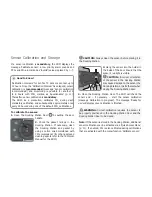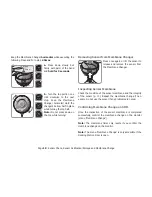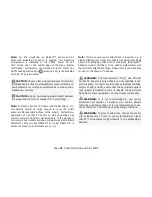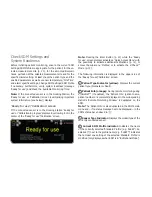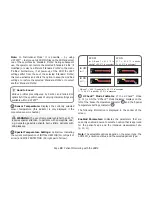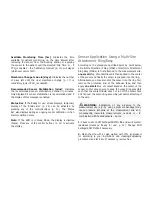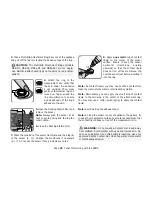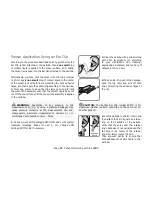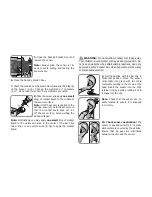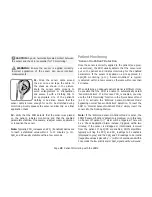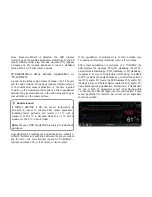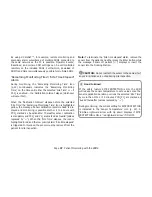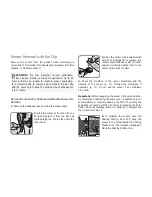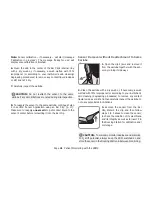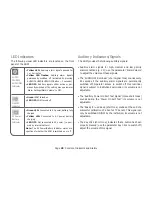
If the penetration of ambient air is of short duration only,
TC-readings will typically restabilize within a few minutes.
After sensor application or occurrence of a ‘TC-Artifact’, the
SDM displays the message ‘PCO
2
/PO
2
stabilizing’ if both TC-
parameters are stabilizing or ‘PCO
2
stabilizing’ or ‘PO
2
stabilizing’,
respectively, if only one TC parameter is stabilizing. To indicate
that TC readings during stabilization do not reflect the patient’s
real PCO
2
and/or PO
2
levels, the SDM displays PCO
2
and/or PO
2
readings in grey and inhibits alarms related to PCO
2
and/or PO
2
limit violations during stabilization. Furthermore, if stabilization
for one or both TC parameters cannot be achieved within
10 minutes, the SDM will trigger the low priority alarm ‘Check
sensor application’ to indicate that correct sensor application
should be verified.
Once ‘Sensor-On-Patient’ is detected, the SDM initiates
monitoring and the enabled parameters stabilize. SpO
2
and PR
usually stabilize within a few seconds, whereas PCO
2
typically
increases and PO
2
typically decreases to reach a stabilized
value within 2 to 10 minutes (see below).
TC-Stabilization after Sensor Application or
‘TC-Artifacts’
A good, hermetically sealed contact between the TC Sensor
and the skin provided, TC-readings typically stabilize within 2
to 10 minutes after sensor application, i.e. the time required
to warm up the measurement site and to achieve equilibrium
between the gas concentrations in the skin tissue and the gas
concentrations on the sensor surface.
Good to know!
If INITIAL HEATING is ON, the sensor temperature is
increased for about 13 minutes after sensor application,
facilitating faster perfusion and results (+1.5 °C with a
maximum of 43.5 °C in Neonatal Mode and +2 °C with a
maximum of 44.5 °C in Adult Mode).
Note: The use of INITIAL HEATING is subject to institution’s
permission.
Once stabilized, TC-readings can be disturbed by so-called ‘TC-
Artifacts’. Ambient air penetrating between the sensor surface
and the skin – the most frequent reason for ‘TC-Artifacts’ –
typically will cause PCO
2
to fall and PO
2
to rise very fast.

